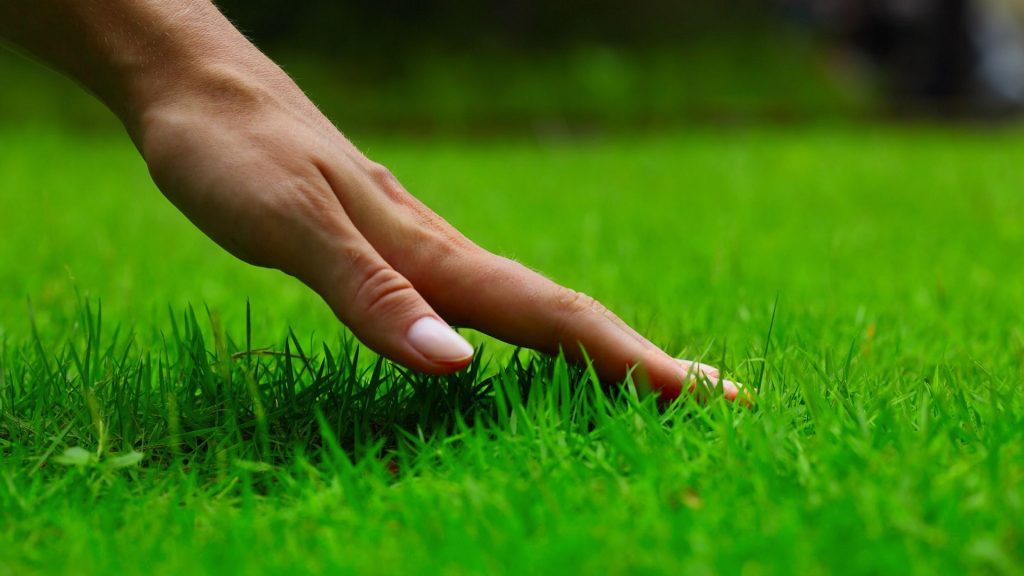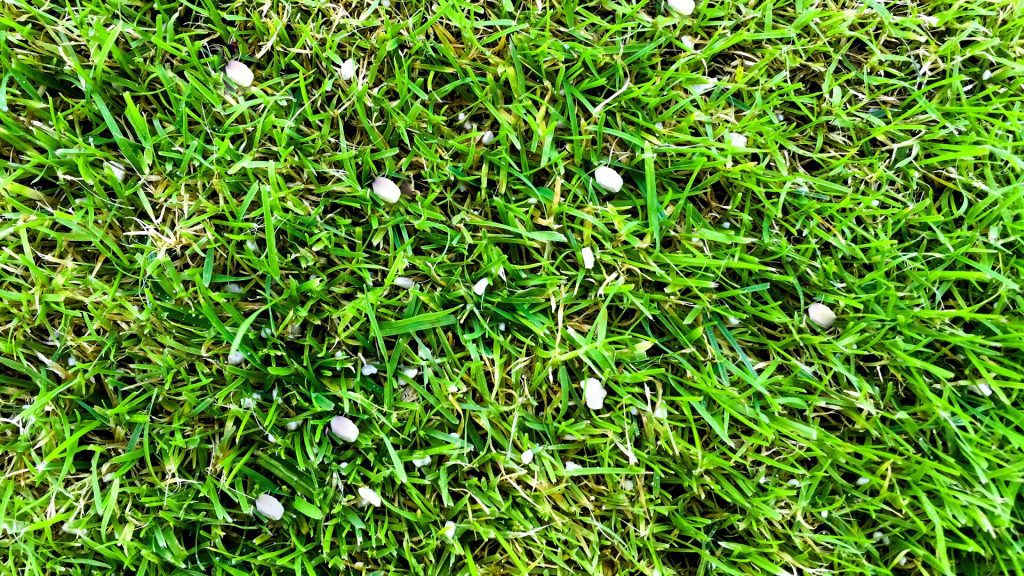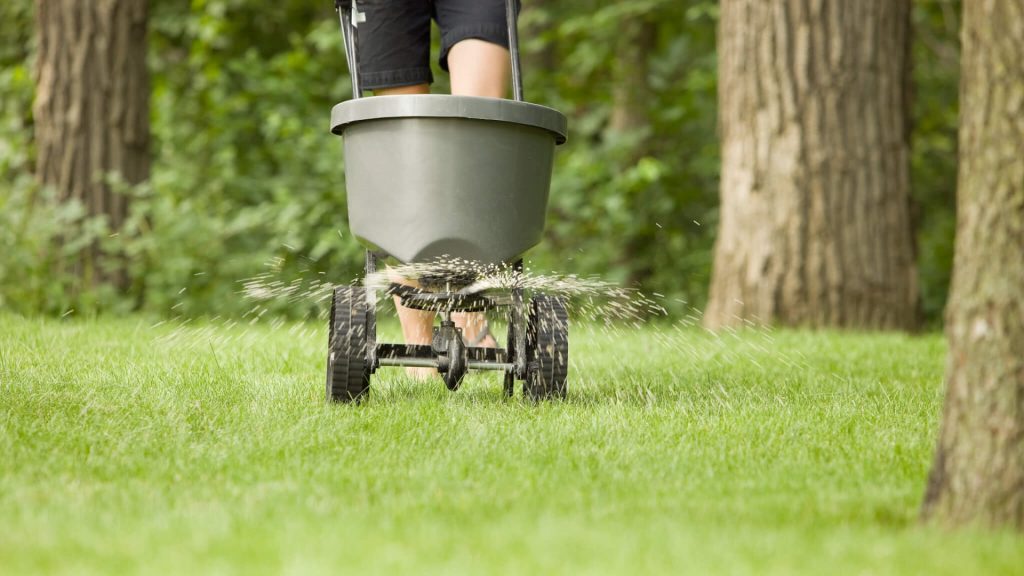
How Much Fertilizer Does My Lawn Need: 6 Simple Steps
There’s a lot more that goes into fertilizing a lawn than most people realize, with one of the biggest questions being how much should you apply.
If you’re brand new to fertilization you’re likely scratching your head at how many bags or bottles you’ll need, with the answer depending on a few factors.
How much fertilizer does my lawn need? To determine how much fertilizer to apply, you need to consider the grass’ nutrient requirements and the formula of the fertilizer product you’re using. You’ll use the square footage of the lawn to determine how many nutrients are needed to cover it all, which will vary from product to product.
There are a few steps to determine how much fertilizer per square foot lawn requirements are, so we’ve broken them down for you. following these steps will ensure you choose the right fertilizer, have enough of it, and know-how to assess whether it worked as it should.
Step 1: Determining Your Grass Type
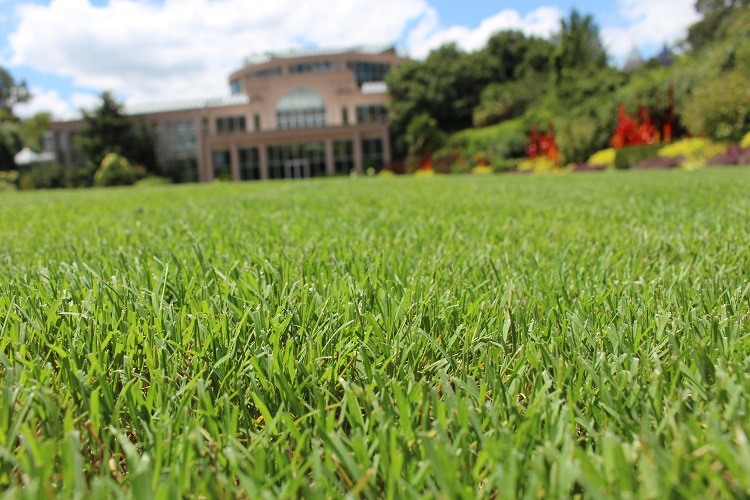
Before you can even start shopping around for fertilizer to apply, you need to determine a few things about your lawn. Most importantly, what type of grass is growing on it?
For every type of grass, there’s a recommended amount of nitrogen that it requires each year, so figuring out this amount is where you’ll begin.
If you can’t figure out what grass is growing, an expert landscaper may be able to help, so it’s worth getting it assessed. These are some of the most common types and their annual requirements, for once you know:
- Bermuda Grass: 2 to 6 pounds of nitrogen per square feet
- Buffalo Grass: 0 to 2 pounds of nitrogen per square feet
- Kentucky Bluegrass: 4 to 6 pounds of nitrogen per square feet
- Tall Fescue: 2 to 6 pounds of nitrogen per square feet
- Zoysia: 3 to 4 pounds of nitrogen per square feet
Step 2: Assessing the Soil Conditions

Any time you apply fertilizer, whether it’s to a vegetable patch or your lawn, you need to know what the soil’s current nutrient levels are.
The goal of fertilizer is to supplement these missing nutrients, so it’s important to get the balance right and apply a product that will even it out.
Doing a soil test on your lawn will determine which of these nutrients it’s lacking in, so you can choose a fertilizer that matches.
Fertilizers display the most important nutrients in a ratio of N (nitrogen), P (phosphorous), and K (potassium). As detailed earlier, nitrogen requirements vary for different grass varieties, so you have to keep this in mind as well.
It’s important to match the soil conditions to the fertilizer though, so you’re not delivering too much of something to your lawn, otherwise, it can easily kill the grass.
Step 3: Finding the Right Fertilizer
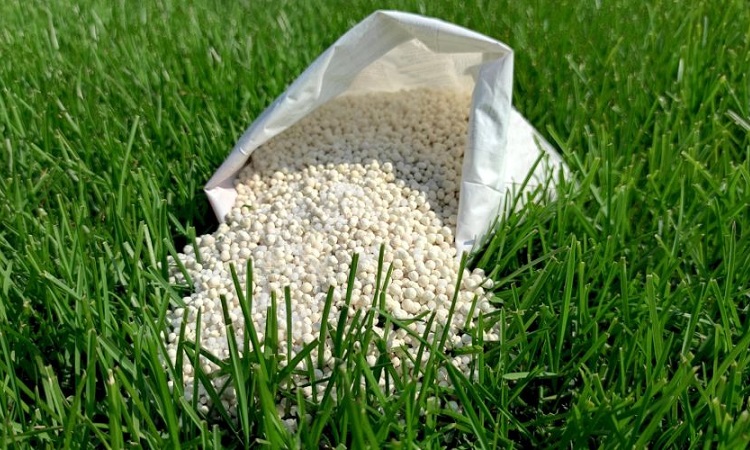
One look at the fertilizer aisle of your local gardening supply store will show you just how vast your options are. Many people struggle in this part trying to determine the right fertilizer, as there are lots of factors to consider.
To help you find the perfect fit, ask yourself these questions:
- Do I want fast or slow-release?: Fast-release fertilizers deliver nutrients quickly but need to be applied more often, hence needing more per square foot to cover a year. Slow-release takes longer to work but spreads nutrients for months, meaning fewer applications.
- How do I want to apply the fertilizer?: When you think about applying fertilizer to your lawn is it by using a broadcast spreader, throwing pellets by hand, or walking around and spraying it on? The format of the fertilizer dictates how much is required as well, so consider your preferences.
- What are my goals for my lawn?: Some people want their grass to just look healthier and others want to improve its green color, so think about what your goals are and let that lead you to a fertilizer that can deliver.
- Do I use other nutrients for my lawn?: If you already apply manure, compost, or other nutrient-rich organic matter to your lawn, you might not need as much in a fertilizer product. People who leave their grass clippings on the lawn will already be delivering a good dose of nitrogen to the lawn. On the other hand, those who do nothing aside from fertilizing will probably need a more potent fertilizer.
Step 4: Calculating How Much Fertilizer
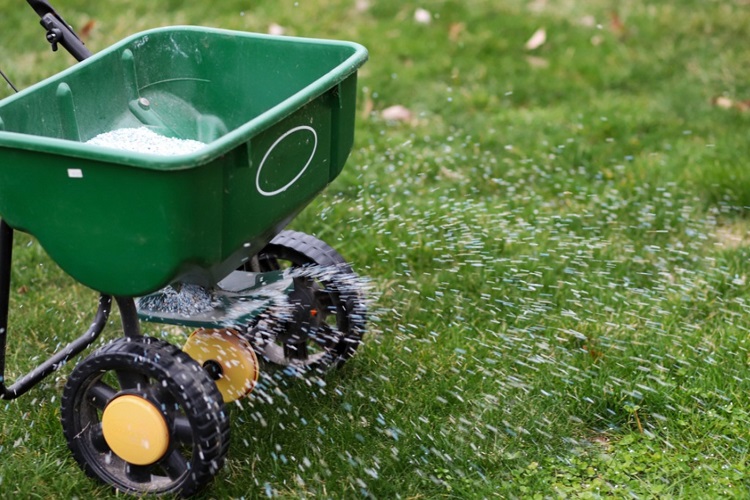
Now that you know what your lawn needs, you have to calculate how much to apply in a single dose.
Most people fertilize their lawn at least twice a year, so look at the annual nitrogen requirements of your grass type and divide that so you know what a single application should cover.
You’ll need to know the size of your lawn as well, as there should be enough nitrogen per pound applied to cover its requirements.
For example, if there’s 3% nitrogen in the bag of fertilizer, you need 33.3lbs of fertilizer to cover every 1,000 square feet of lawn. If there’s 10% of nitrogen, you need 10lbs to cover 1,000 square feet. Measure your lawn if you’re unsure of the exact size of it, so you can be sure.
Step 5: Knowing When You’ve Applied Enough
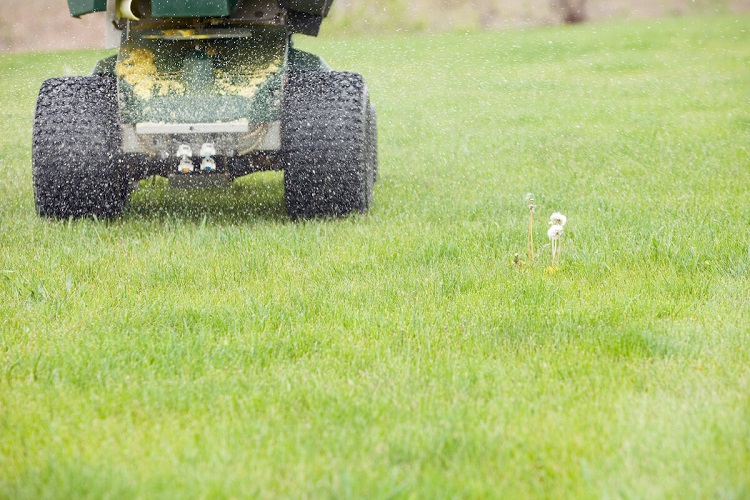
One of the hardest parts of fertilizing the lawn is knowing whether you’ve covered the lawn or not. It can be easier to see when you’re using larger granules as you can spot them, but even those can disappear in the grass.
For this reason, we recommend raking and mowing your lawn before you begin so you have a blank canvas to work with.
The key to applying fertilizer evenly is starting at one end of the lawn and walking at a steady pace and a straight line as you do. If possible, do this twice to ensure you haven’t missed a spot.
You’ll need to assess how much of the product you have and make sure you’re coating every area of grass with the same amount. We recommend just working with a quarter of the fertilizer at a time so you can see how much ground it covers.
Step 6: Assessing the Results
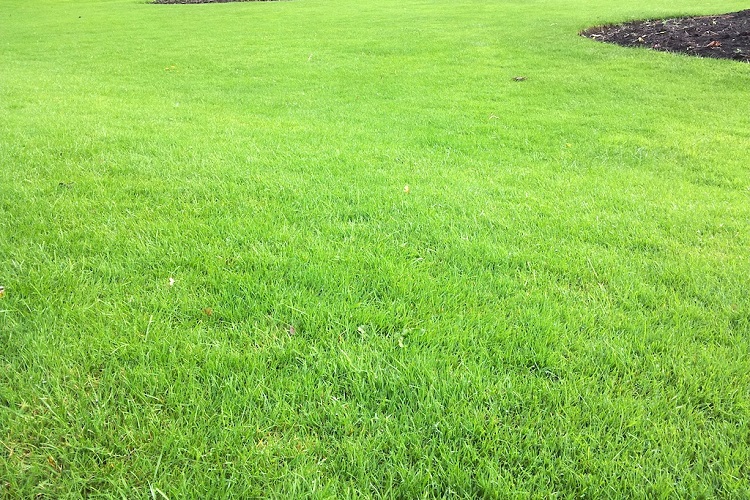
The length of time it takes for fertilizer to start working depends on a few factors like whether it’s slow or fast release, the weather it was applied in, and the method it was applied in.
Give your lawn at least a month before you can truly assess whether it’s been effective, and then consider adjusting the amount or frequency as needed.
When you’ve applied too much fertilizer, you’ll notice signs like sudden leaf growth, a lot of thatch, and yellowing or discoloration of leaves.
Applying too little fertilizer will mean you see no difference at all, which is a waste of your time and money. It can be a balancing act at first to get the right amount, so be patient with the process.
The Art of Lawn Fertilization
Applying fertilizer can be tricky business but your lawn will love you for it when you get it right. There are a few steps needed to ensure you’re using the right amount and applying it properly, so make sure you take the process slow and steady before you jump in.
Related Questions
If you’re new to gardening and have been considering applying fertilizer to your lawn, it can feel like a daunting task. To help you learn some of the basics about lawn fertilizers and what they’re best for, we’ve answered some commonly asked questions that will help you get started.
Does My Lawn Need Fertilizer?
Although grass can grow on its own without fertilization, those aiming for thick, green, and healthy grass will want to apply a regular fertilizer.
The effort is minimal for the results it delivers and you only need to do it once every six months to enjoy the benefits for the rest of the year.
Should I Fertilizer My Lawn During Winter?
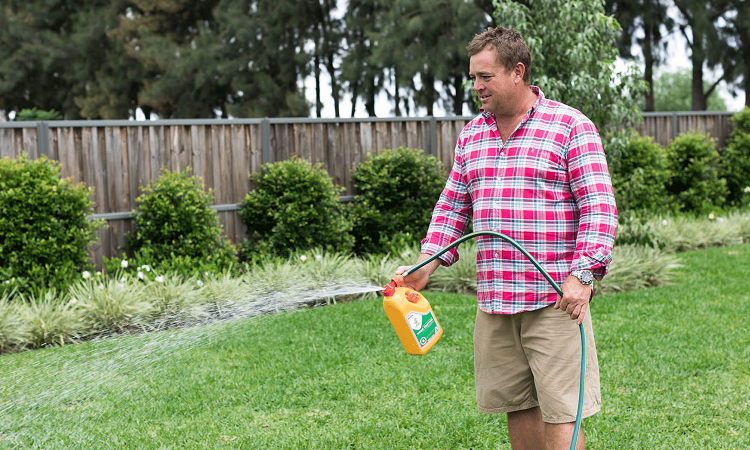
You should avoid applying fertilizer during winter as this is when the grass is dormant and the temperatures are too cold for it to be effective, aiming instead to fertilizer before it gets too cold.
The best time to apply fertilizer is during spring and fall, as the weather conditions aren’t too extreme yet.
When to Apply Slow Release Fertilizer?
The best time to apply slow-release fertilizer is in early spring, as this is the start of the growing system. Depending on the type of fertilizer you’re using and what’s recommended, you might need to apply these every few weeks to every few months, so always follow the directions.
Resources:
